So, today, I will introduce you to a massive mistake all beginner photographers make. Trust me, this is one to avoid. We will delve into the exposure triangle concept, which might initially sound abstract, but don’t worry. From now on, you will use this skill every time you pick up a camera.
You’re probably asking yourself what the exposure triangle is, why it’s important, and why you should care about it. Well, it’s an essential tool that can drastically improve the quality of your images.
For those learning photography, understanding the exposure triangle is a quintessential step in elevating your photos to the next level. Once we explore the exposure triangle, I’ll share the common mistakes that beginners often make. Let’s jump right in.
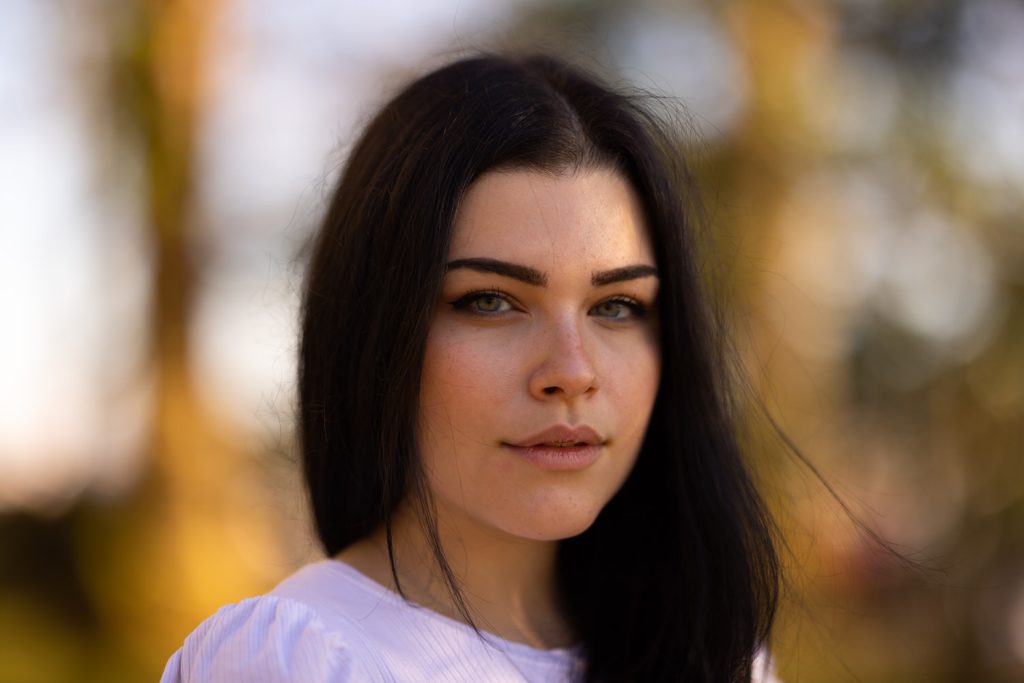
Exposure Triangle
In simple terms, the exposure triangle represents the relationship between aperture, shutter speed, and ISO. It’s termed a triangle because these three settings work hand in hand to help you attain the best possible exposure for your photographs.
Essentially, this trio helps ensure that your photo is neither underexposed, causing a loss of detail in shadows, nor overexposed, which results in lost details in the highlights. Getting things wrong in either direction will make your photos look amateurish. Let’s now go over the three elements and discuss what they do.
開口部
The aperture controls the depth of field and the amount of light that enters the lens. A wider aperture, indicated by a smaller f-number, permits more light to enter and creates a shallower depth of field. On the other hand, a narrower aperture, denoted by a larger f-number, allows less light but provides a deeper depth of field.
For instance, consider two lenses, the キヤノンEF50mm F1.8 そして キヤノンEF50mm F1.4. Which one do you reckon lets in more light? Take a moment to think that over.
The correct answer is the f1.4 lens. It might initially seem counterintuitive, but that’s how things work.
シャッタースピード
The camera shutter speed determines how long the sensor is exposed to light. When you take a photo and hear a click, that’s the camera shutter opening and closing. The amount of time between the two determines the shutter speed.
If you’re shooting at an incredibly fast rate, such as 1/2000th of a second, you’re not likely to perceive two distinct clicks due to the speed. Contrarily, the two sounds will be more discernible if your shutter speed is set to a longer interval, like one second. In this case, the shutter stays open for a second, allowing you to hear it open and close clearly. So, how does this all play out practically?
If you set your shutter speed to a faster setting, maybe 1/4000th or 1/2000th of a second, less light enters the camera because the shutter is open for a shorter time. This results in potentially sharper images, especially when capturing moving subjects. In other words, if you’re snapping a photo of someone in motion, the shorter duration that the shutter remains open will result in a more “frozen” image.
Alternatively, if you have a slower shutter speed, like 1/30th or 1/10th, you’ll get a lot more light and almost certainly some motion blur, depending on how fast things move.
Trick
You can use a little trick to avoid or at least minimize motion blur when taking handheld photos. Here’s how it works. Look at the focal length of the lens. Let’s say you’re using a 50mm lens – that’s the focal length.
If your camera has a cropped sensor, you must multiply the focal length by 1.6, which is Canon’s crop factor. So, 50mm becomes 50mm x 1.6 = 80mm. If your camera doesn’t have a cropped sensor, stick with 50mm.
This means when setting the shutter speed, never exceed 1/ the focal length. So, for 80mm, don’t dip below 1/80. Go for 1/80, 1/100 or even 1/1000 – that’s fine. But if you drop to 1/50 or 1/40, you’re raising the chances of getting motion blur in your images, which isn’t ideal.
Next up, let’s talk about ISO.
国際標準化機構
So, what is ISO all about? I’ve written a more in-depth article on ISO, which you can read if you are interested. However, for a brief explanation, ISO measures the sensitivity of the camera’s sensor to light.
The lower your ISO, the less sensitive and finer the grain in your images. The higher the ISO, the greater the sensitivity, but it comes with more grain or noise. Now, the grain can add an aesthetic quality if you’re shooting on film. However, digital grain isn’t typically as pleasing.
As a general rule, avoid getting noise in your images. Typically, ISO should always be kept as low as possible, between ISO 100 and 400, depending on your camera and a few other factors.
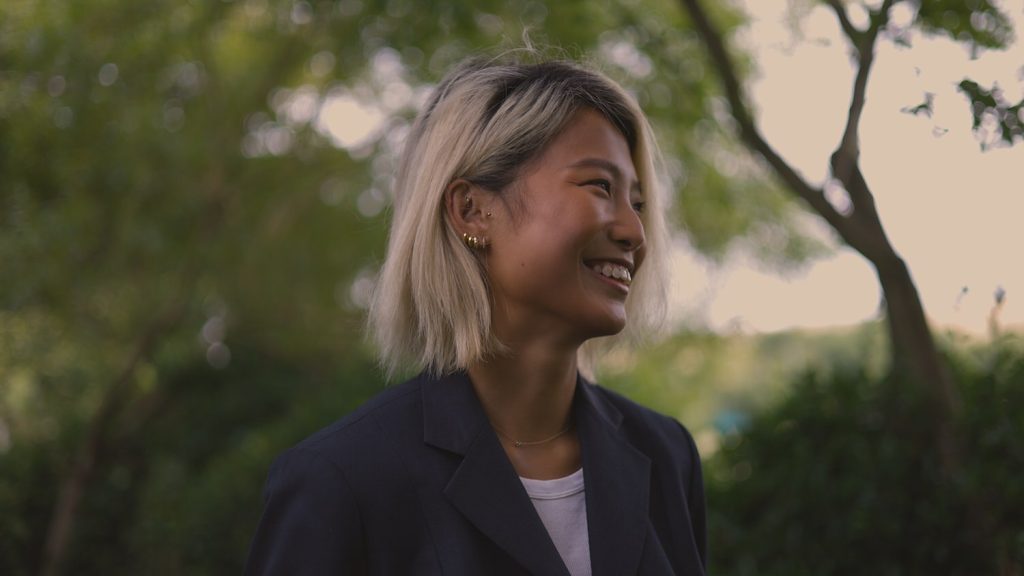
The Mistake
So, the mistake many beginners often make is either over- or under-prioritizing one element without accordingly adjusting the others. For example, let’s say you’re taking photos in a low-light environment, like during sunset or sunrise.
A beginner might be inclined to disregard two of the three principal components, instead focusing on one. For example, they might consider the shutter speed and slow it down to capture more light.
But perhaps opening the aperture wider might have been a better solution, or maybe even increasing the ISO. Normally, my order of priority for the “triangle” is aperture, shutter speed, and ISO. I aim to keep the aperture as open as possible and maintain a lower ISO.
Meanwhile, I usually manage shutter speed and ISO independently of each other. When to adjust each depends on the situation.
For instance, if your aperture is as open as possible and your shutter speed is nearing the danger zone of producing motion blur, you’re better off maintaining the shutter speed and instead increasing the ISO.
If, however, the shutter speed is really fast, you’re better off keeping the ISO low and just slowing down the shutter speed so you can capture more light.
Consequences
So, what are some of the potential consequences if you don’t adjust these settings correctly?
Overexposed
You might allow too much light in, resulting in washed-out photos. All the details in the highlights or the brighter parts of the image will be lost.
Underexposed
On the other hand, you may not allow sufficient light in, leading to overly dark photos. While you’ll have plenty of details in the brighter parts of the image, you’ll lose details in the darker areas.
When you import an image into a program like Photoshop and you try to recover some of the lost details by increasing the shadows, you’ll most likely end up with a lot of noise in the shadows. That’s not a professional look.
Blurry
This issue often occurs if you set your shutter speed too low. As I’ve mentioned before, you’re usually better off taking a look at the aperture first and then the ISO if your shutter speed is as slow as it gets.
You may be able to solve the issue using those two settings. At a certain point, the shutter speed will be excessively slow, introducing motion blur or camera shake into your images. That can produce interesting results when done creatively; however, in most scenarios, you’ll likely be shooting in, particularly if you’re operating as a professional, blurriness isn’t something you’ll want.
ノイズ
Sometimes, noise is unavoidable. Perhaps your aperture is already as low as it can go, your shutter speed is toeing the line, and anything slower would result in motion blur. In that case, you may be left with no other option but to increase the ISO.
But ensure that the aperture and shutter speed are stretched to their limits before you increase the ISO.
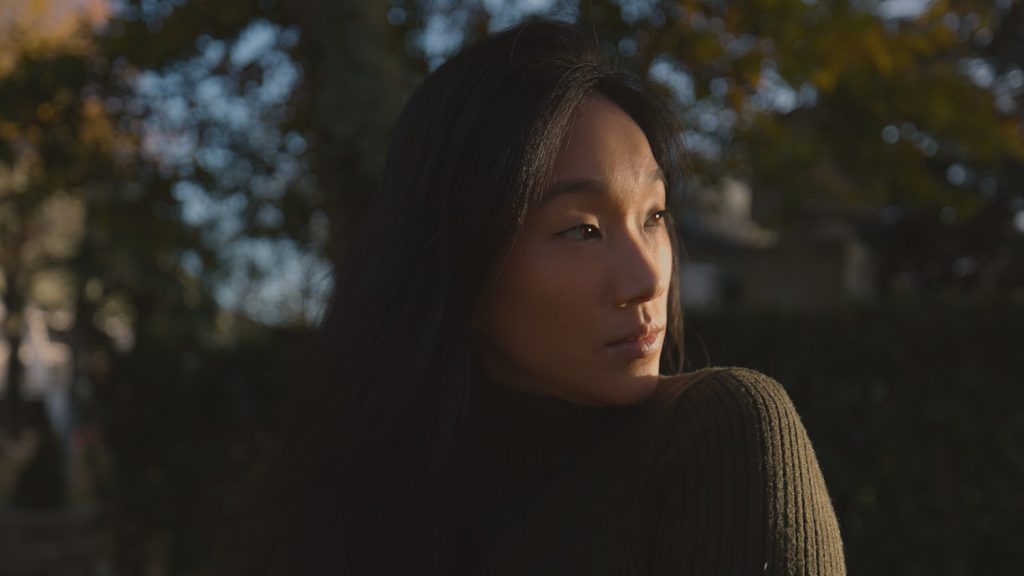
Avoid the Mistake
To really comprehend the exposure triangle, you need to experiment for yourself.
So I recommend grabbing your camera, preferably set to manual mode, and taking a picture. Decide on what you’re aiming to achieve with the photo. Maybe you want a blurred background? Or perhaps you’re looking to freeze motion or maybe introduce a bit of motion blur?
Once you’ve figured out your creative direction, you can begin to determine the correct settings. Always remember to prioritize the aperture, then the shutter speed, and finally, the ISO. For example, suppose you want to take a photo where you achieve maximum depth of field or the shallowest depth of field.
Let’s say you’re using the キヤノンEF50mm F1.8. In that scenario, you would set the aperture as wide as possible to f1.8. There’s no shame in taking a test shot to see what your settings are producing.
Over time, you’ll develop a good sense of the settings based on ambient lighting. But when you’re just starting out, taking a photo and evaluating it is perfectly fine. You may notice that there’s too much light. Check your ISO.
Oh, it’s at 400? Lower it to 100 or 50 if your camera allows that. Take another shot. If there’s still too much light, check your shutter speed. If it’s at 1/1,000, reduce it to 1/500. Take another photo. See what happens.
There’s no shame in this process. Every photographer had to figure out these settings at one point. The more you practice, the better you’ll instinctively know what to do.
Tips
Here are a few more tips to ensure you get the most out of your practice. First, I recommend practising in various lighting environments to understand how each condition affects your image. Try taking photos indoors, during the day, and at night. Perhaps take some photos outdoors as well.
Try taking images in varying weather conditions. Maybe it’s sunny, maybe it’s cloudy. See how all these elements impact your pictures.
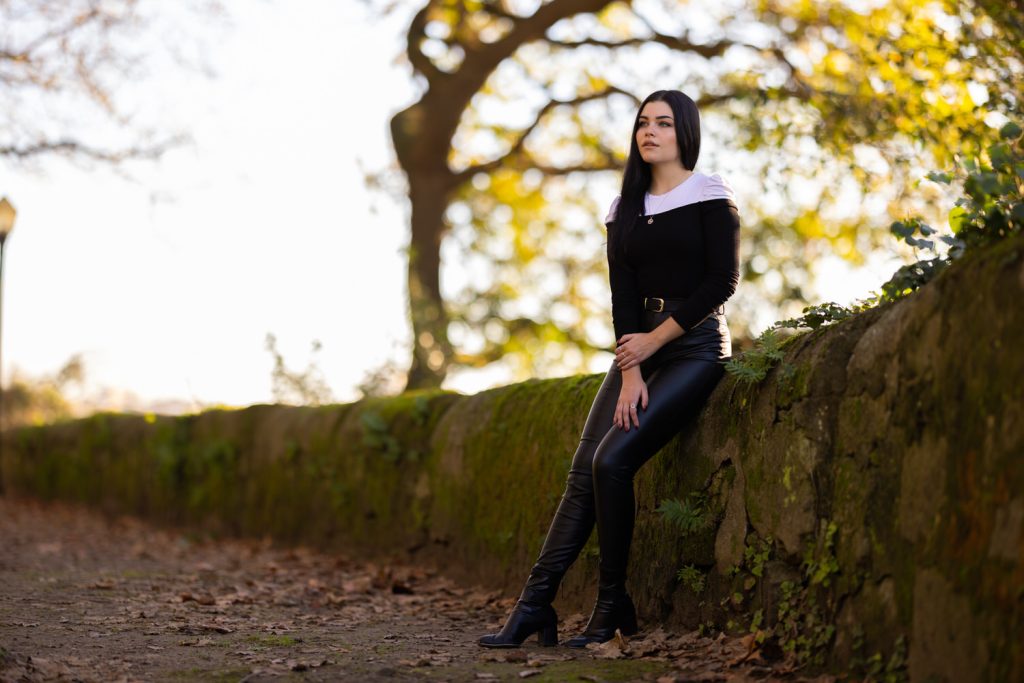
Tools
The first thing I want to highlight is that shooting in RAW is a must.
Sure, shooting in JPEG might be simpler due to the smaller file size. However, shooting in RAW will provide the maximum level of detail your camera can capture. The importance of this cannot be overstated, especially if you’ve slightly underexposed or overexposed your image.
When you import a RAW image into Photoshop, the fact that it was shot in RAW gives you much more flexibility in recovering information from the highlights or the shadows, which might have been lost otherwise.
That’s also why it’s crucial to always shoot in manual or at least semi-manual modes. Not only will this method facilitate more learning, but it will also give you far more control over the image.
Histograms
A histogram is essentially a graphical representation of your exposure balance. This might be a tad controversial, but I’m not a fan of using histograms. I see them as something of a crutch.
Instead, I prefer to ‘feel’ the image, experience the scene, and develop a more intuitive sense of exposure. That’s been my approach, rather than depending on histograms. But that’s just me. If you prefer to use histograms, more power to you. Enjoy!
As for me, I’m not particularly keen.
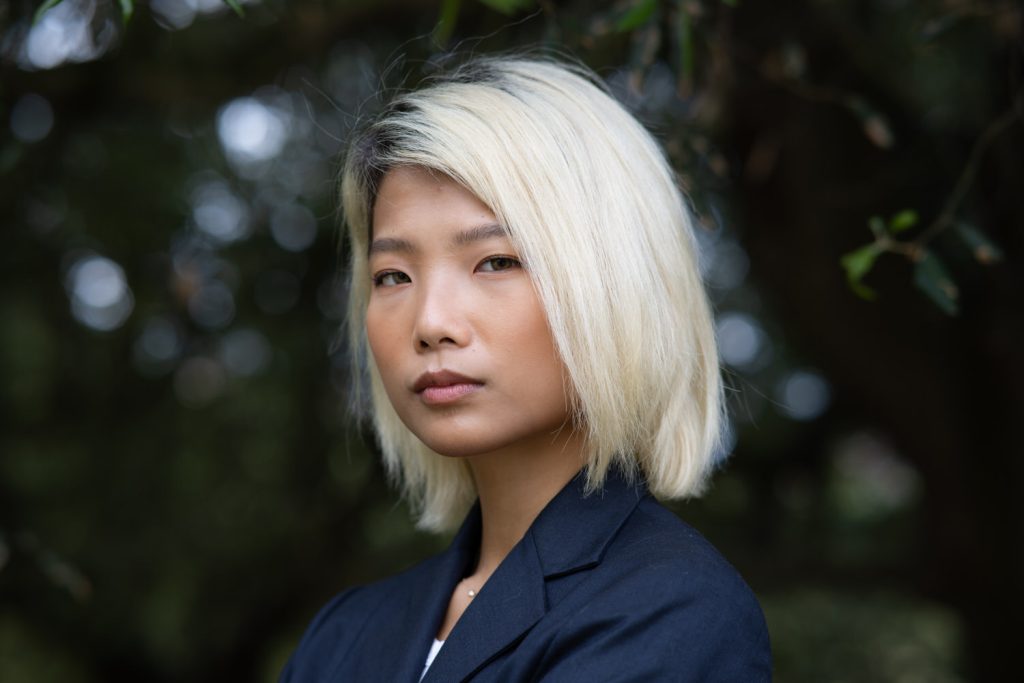
Common Pitfalls
So, I realize we’ve delved into a fair amount of information today. Still, there are three additional pitfalls I want to shed light on. These are things that are quite easy to overlook.
Tripods
Say, for example, you need to use a slower shutter speed. How do you do this without adding shake?
Naturally, a tripod will be much more stable than your hands, thus granting you the capability to decrease the shutter speed further. Mind you, odd effects can manifest when you lower the shutter speed too drastically, even with a tripod, but those are beyond the scope of this article..
Nevertheless, getting a decent tripod will be worth your time.
国際標準化機構
A second pitfall is forgetting to adjust the ISO back down in brighter conditions. Sometimes, you might find yourself in a situation where it gets cloudy while you’re taking a portrait.
You might bump the ISO up a bit to compensate for this. However, when the sun comes back, it’s important to remember to adjust the ISO back down. This is why it’s crucial to review your photos as you’re taking them. There is no need to check every photo, but once in a while, pause for a moment and review the images you have just taken.
Zooming
Now, here’s an interesting fact.
If you have a zoom lens, your maximum aperture likely changes when you’re zoomed in or zoomed out. For instance, consider the キヤノン EF-S 18-55mm kit lens. Its full name includes f3.5-5.6. So, what does this mean?
This means that when you’re zoomed all the way out, capturing more in the frame, the maximum aperture is f3.5, which allows more light in. When you’re zoomed all the way in, the maximum aperture changes to f5.6, letting in less light.
So, the more zoomed in you are, the less light you’ll let in. These changes will need to be accommodated in your settings. While this may not be an issue with more expensive gear, it can still occur with budget lenses.
For instance, my Canon RF 15-35mm lens doesn’t have this issue. It remains at f2.8, whether I’m shooting at 15 or 35mm. So, keep an eye on this when using more budget lenses.
推薦の言葉
このガイドがお役に立てたなら幸いです。私がここで行っているのは、どこからでもオンラインで生計を立て、地理的に自立するという夢の実現を手助けすることだ。そのために、私は人々に次のような方法を教えている。 より良いフリーランサー そして より良い画像を撮る.また、次のような必要な道具も紹介する。 カメラとレンズそして 音響機器.
